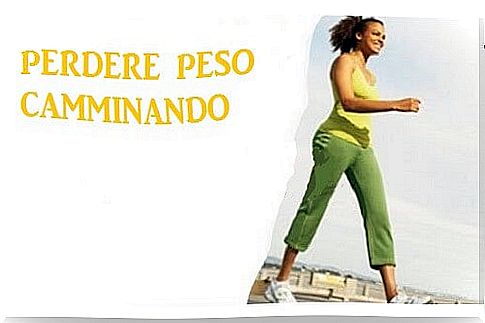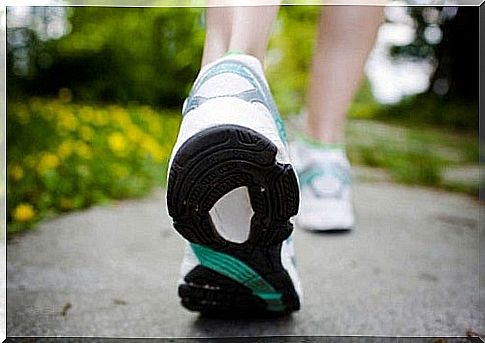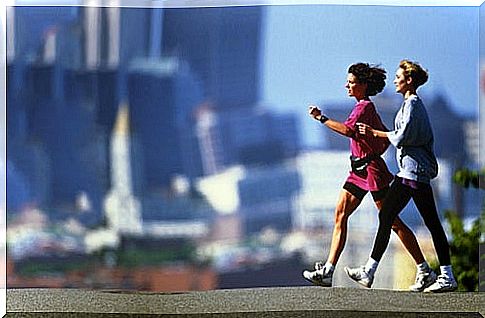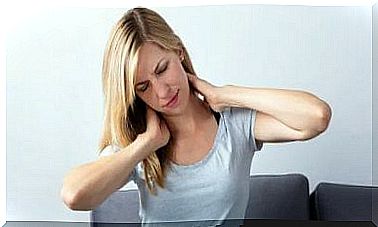Walking To Lose Weight: How To Do It Correctly

We have talked on several occasions about how healthy walking is: it improves our mood, relieves tension and reduces stress. But not everyone knows that you can also walk to lose weight, just do it the right way.
If you have tried walking to lose weight but without the desired results, maybe you are doing something wrong.
But don’t worry: today we explain how to do it correctly and get rid of the extra pounds forever!
Walking to lose weight: does it really work?
The answer is yes, but it takes perseverance and commitment. Walking is really a great way to burn the extra calories that we ingest every day and which turn into carbohydrates and fat reserves.
By doing it daily at an adequate pace, we will increase muscle mass and reduce fat reserves.
In addition, walking regularly increases the basal metabolic rate and helps burn excess fat.
Obviously we will have to accompany exercise with a healthy diet and maintain a healthy lifestyle.
Factors to consider
1. How long does it take to walk to lose weight?

The ideal way to appreciate noticeable results in the first two months is to walk for half an hour twice a day, in the morning and in the afternoon, every day.
Carrying out two daily sessions is an adequate exercise to be able to speed up the metabolism, help us burn fat and gain muscle mass.
If, on the other hand, your goal is not to walk to lose weight but only to improve your health or mood, a half-hour walk a day will suffice.
2. How fast should you walk?
With a fast pace, preferably about 7 km / h, which corresponds more or less to 1 km every 10 or 15 minutes. At this rate, you will burn fat effectively and effortlessly.
In fact, when the heart works between 60% and 70% of its maximum frequency, the body uses the fat reserves to transform them into energy, helping us to eliminate excess fat.
So remember, the goal is to travel 1km every 10 to 15 minutes
3. Pay attention to how you walk

It is important to take into account the way you walk.
- It is not about taking long strides to cover more kilometers, but about going faster.
- Also pay attention to the movements of the ankles. They need to flex at an angle of about 45 degrees, otherwise you could compromise some areas of the foot.
- Relax your shoulders, don’t let them stay in tension.
- Try to keep your head steady while walking, so as not to overload your neck and suffer back pain.
- Avoid swaying hips and hips. Always try to make movements that are fluid, natural and gentle. You will not have to notice any pressure or discomfort.
- Keep your arms bent at 90 ° and move them in an absolutely natural way, without moving them too far away from your body. Follow a simple rhythm: the left arm moves forward with the right foot and vice versa.
- Remember not to clench your fists while walking, as this may numb the circulation in your arms. Keep your hands relaxed.
4. Choose a suggestive scenery for walking

It would be better to avoid bumpy paths or paths with stones or gravel. You would risk an injury or a sprain. Better to walk in the park or on regular surfaces.
IS It is also important to choose comfortable and well-closed shoes, which protect the feet from any type of impact. Also remember to wear comfortable clothes that do not impede proper blood circulation.
Finally, the last recommendation: if you are among those who usually walk and listen to music with headphones, pay attention to traffic: always be careful, to avoid accidents!









